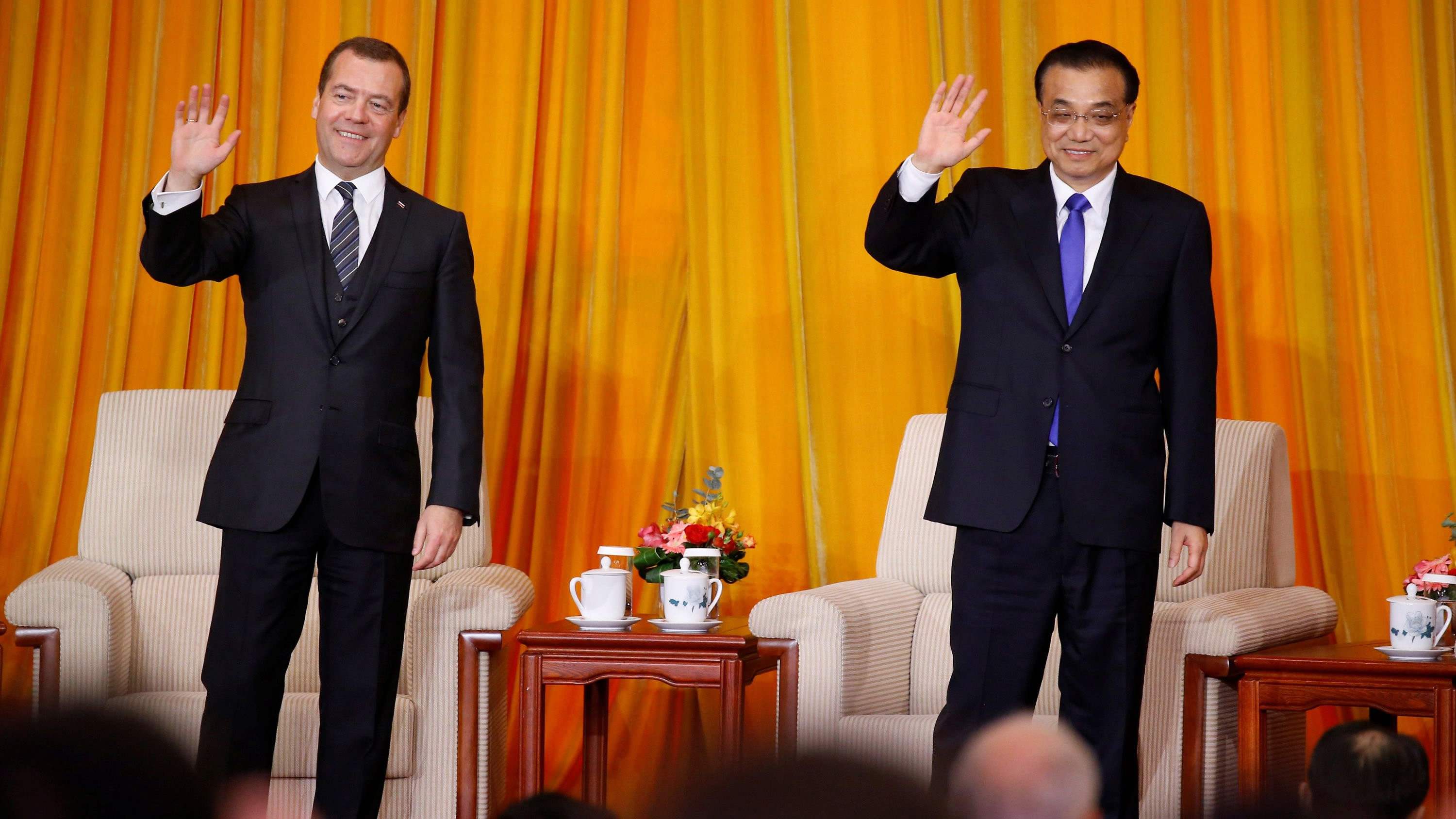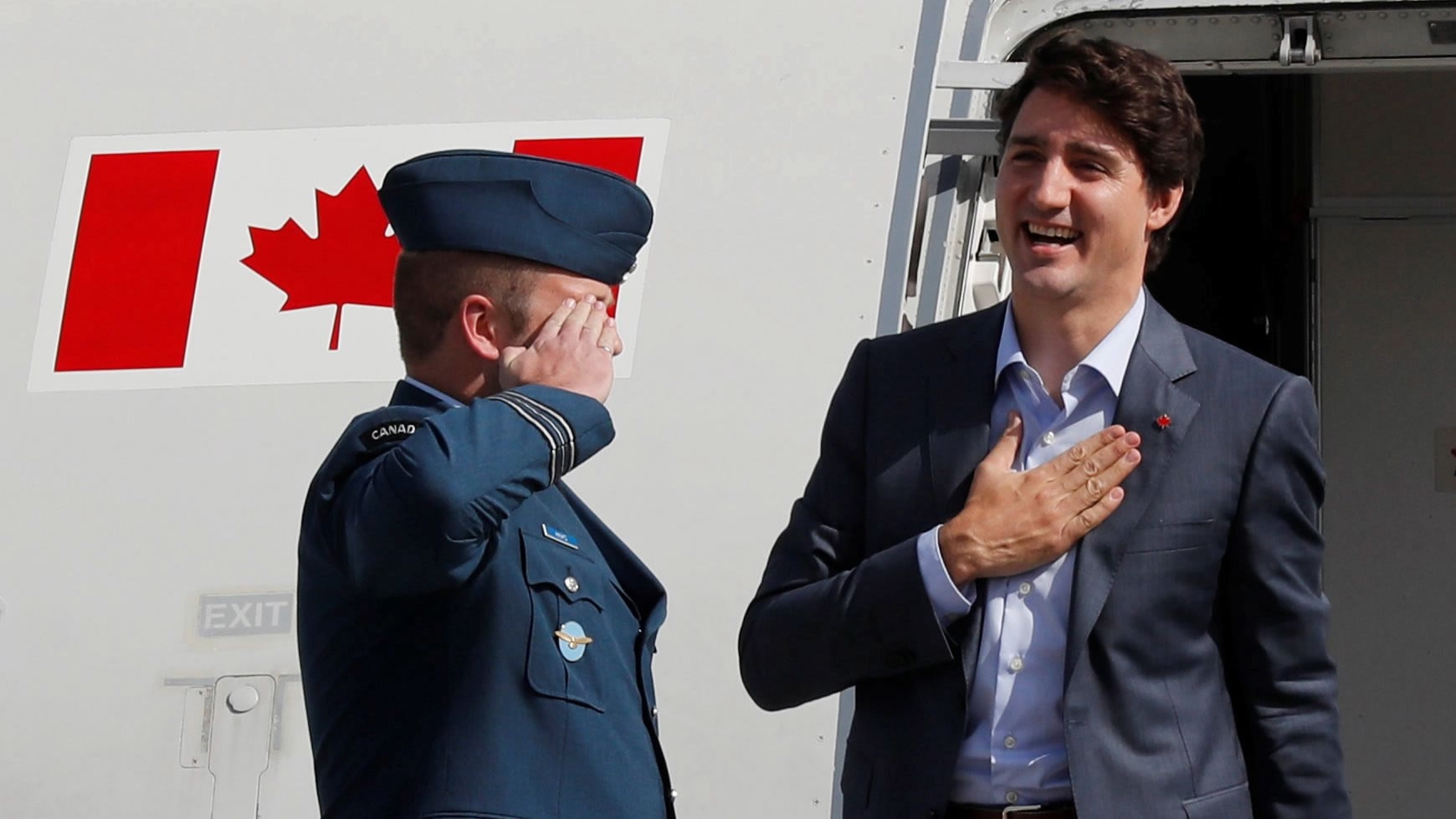
Politics
16:38, 13-Nov-2017
East Asia Summit: What’s on the agenda, why does it matter?
By John Goodrich

The East Asia Summit (EAS) hit headlines around the world ahead of Donald Trump’s five-nation Asian tour. To the shock of Asia-Pacific watchers, the US president appeared set to to skip the high-level trade and security conference in the Philippines.
A White House spokesman said the trip was already “extremely lengthy” and nothing should be read into Trump’s “schedule-driven” decision to miss the summit. However, after calls from world leaders and arm-twisting from administration officials, a reversal was announced and the US president will take part.
The furor surrounding Trump’s attendance begged the questions: what is the EAS, and why is it important?
What is the EAS?
Chinese Premier Li Keqiang, Russian Prime Minster Dmitry Medvedev, Indian Prime Minister Narendra Modi and Japanese Prime Minister Shinzo Abe will join Trump at the EAS in the Philippines on November 13-14 to discuss regional and global issues related to trade and security.

Chinese Premier Li Keqiang (R) and Russian Prime Minister Dmitry Medvedev will represent their respective countries at the East Asia Summit. /Reuters Photo
Chinese Premier Li Keqiang (R) and Russian Prime Minister Dmitry Medvedev will represent their respective countries at the East Asia Summit. /Reuters Photo
The first EAS declaration described the forum as “for dialogue on broad strategic, political and economic issues of common interest and concern with the aim of promoting peace, stability and economic prosperity in East Asia.”
The summit is closely linked to ASEAN (Association of Southeast Asian Nations). The first EAS took place in 2005 after approval by the ASEAN Plus Three (China, Japan, and South Korea) in 2004.
What’s on the agenda in 2017?
The 12th EAS is likely to feature bilateral and group discussions on the Regional Comprehensive Economic Partnership (RCEP), the fight against terrorism and extremism, the Rohingya crisis, the South China Sea, cybercrime, and denuclearization on the Korean Peninsula.
A draft of the end-of-summit joint statement suggests the parties will reiterate a call for the destruction and the non-proliferation of chemical weapons. A condemnation of the DPRK nuclear program could also be on the cards.
Discussions about RCEP – a proposed multilateral trade deal between the ASEAN countries (Brunei, Cambodia, Indonesia, Laos, Malaysia, Myanmar, Philippines, Singapore, Thailand, and Vietnam), plus China, India, Japan, South Korea, Australia and New Zealand – look particularly significant following Trump’s emphasis on bilateral trade at the APEC conference in Vietnam last week and recent progress made on the Trans-Pacific Partnership.
Who will attend?
The annual summit originally featured heads of government from the ASEAN countries together with China, Australia, India, Japan, New Zealand, and South Korea. Russia and the United States joined the forum in 2011 after previously attending as observers.
Canadian Prime Minister Justin Trudeau will be at the 2017 event as an observer – and is expected to request permanent membership for his country.

Canadian Prime Minister Justin Trudeau will attend the East Asia Summit as an observer. /Reuters Photo
Canadian Prime Minister Justin Trudeau will attend the East Asia Summit as an observer. /Reuters Photo
"The East Asia Summit is the top table in Asia on security issues,” Canadian Foreign Affairs Minister Chrystia Freeland said on Sunday. “Canada has never been there before, so when the prime minister says 'Canada is back,' the fact that he has been invited ... is a very, very important sign of that.”
Why is it significant?
The main purpose of the EAS is to bring together world leaders – often with different agendas -- to discuss regional issues on a bilateral and group basis.
The Chinese Foreign Ministry briefed that Premier Li would focus on working with other EAS countries to “jointly promote the establishment of a fair, reasonable and transparent system of rules and regulations on investment in international trade and to build an economic globalization featuring openness, inclusiveness, shared benefits, balance and win-win results.”
For the US, the EAS was an important component of the Obama administration’s “Pivot to Asia” strategy. Barack Obama attended every EAS but one, missing out in 2013 during the US government shutdown.
Trump’s initial intention not to attend was interpreted by some commentators as an indication that he was less concerned with the US strategic role in the region, and puzzled many given that topics discussed were likely to chime with his priorities on the trip – trade and the DPRK.
2848km

SITEMAP
Copyright © 2018 CGTN. Beijing ICP prepared NO.16065310-3
Copyright © 2018 CGTN. Beijing ICP prepared NO.16065310-3